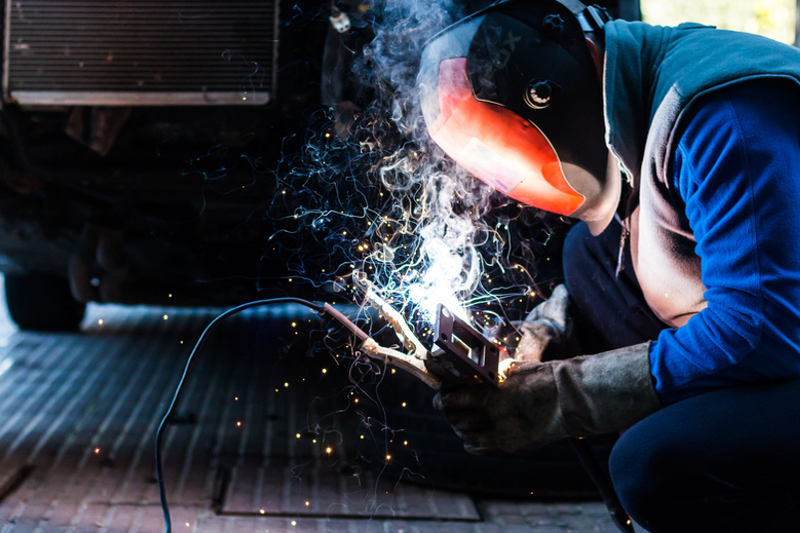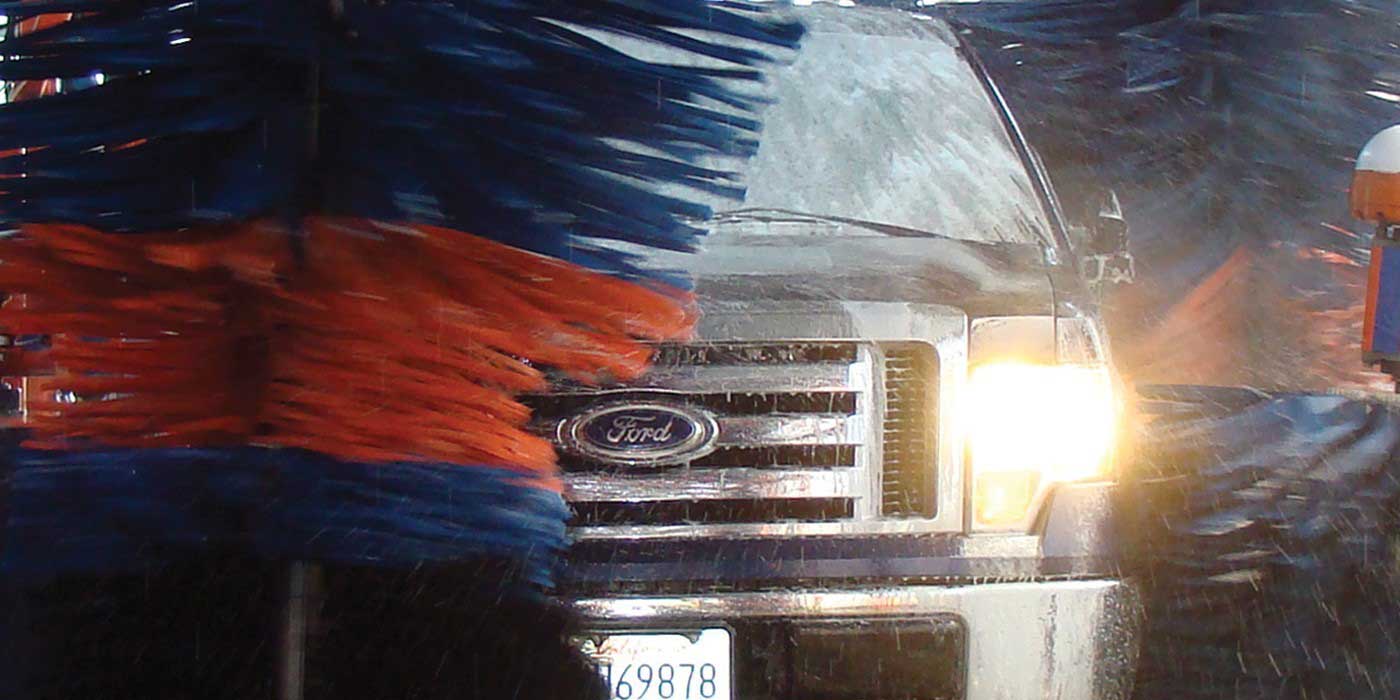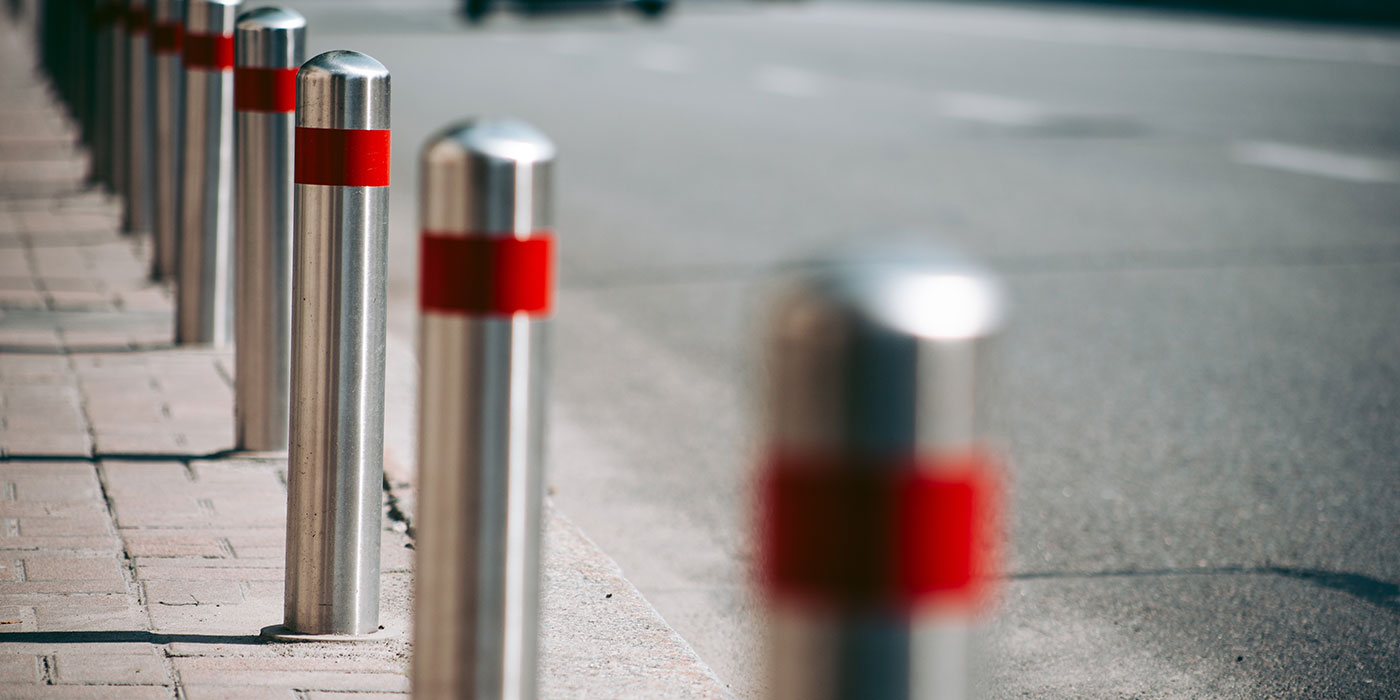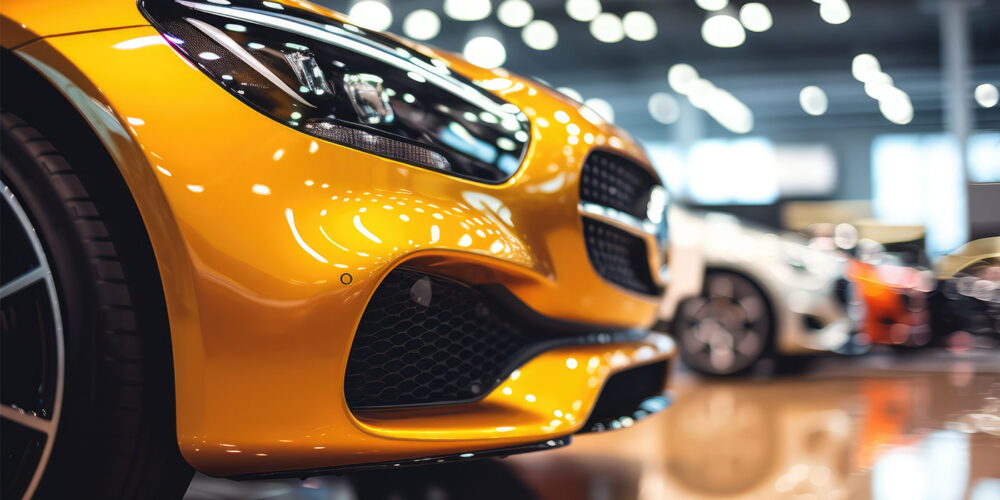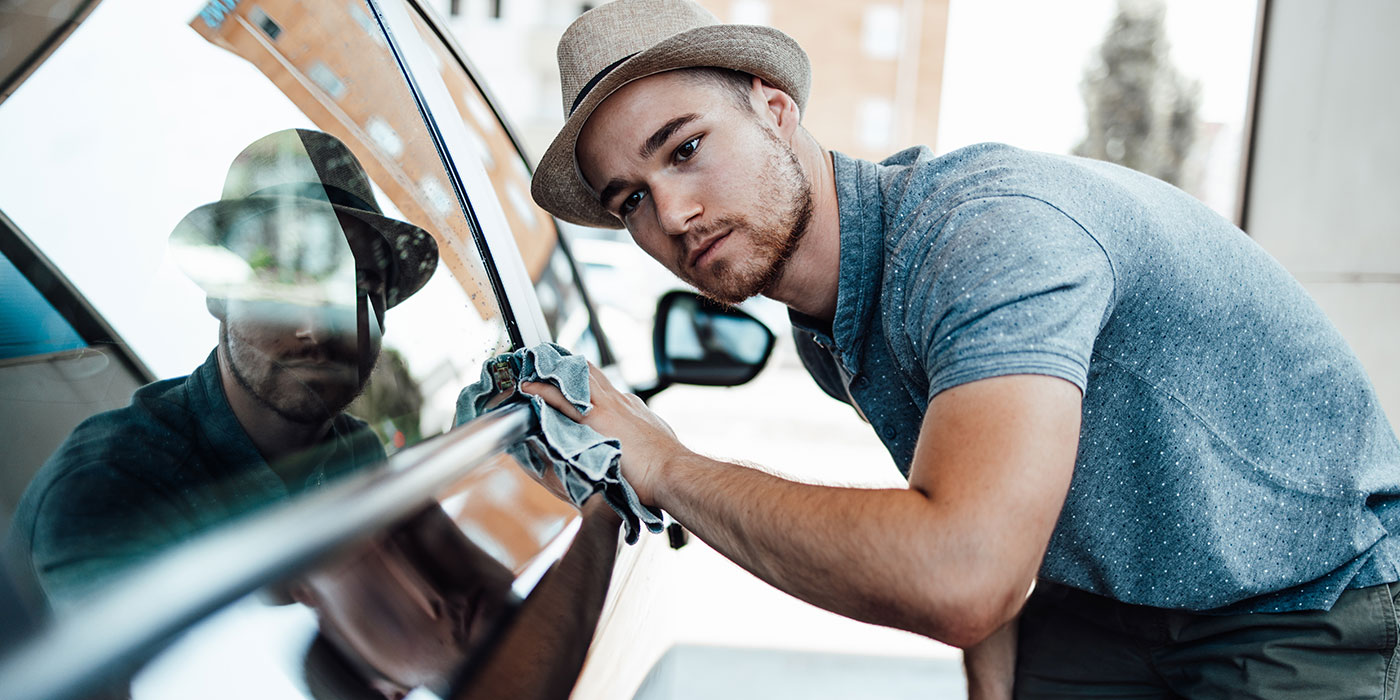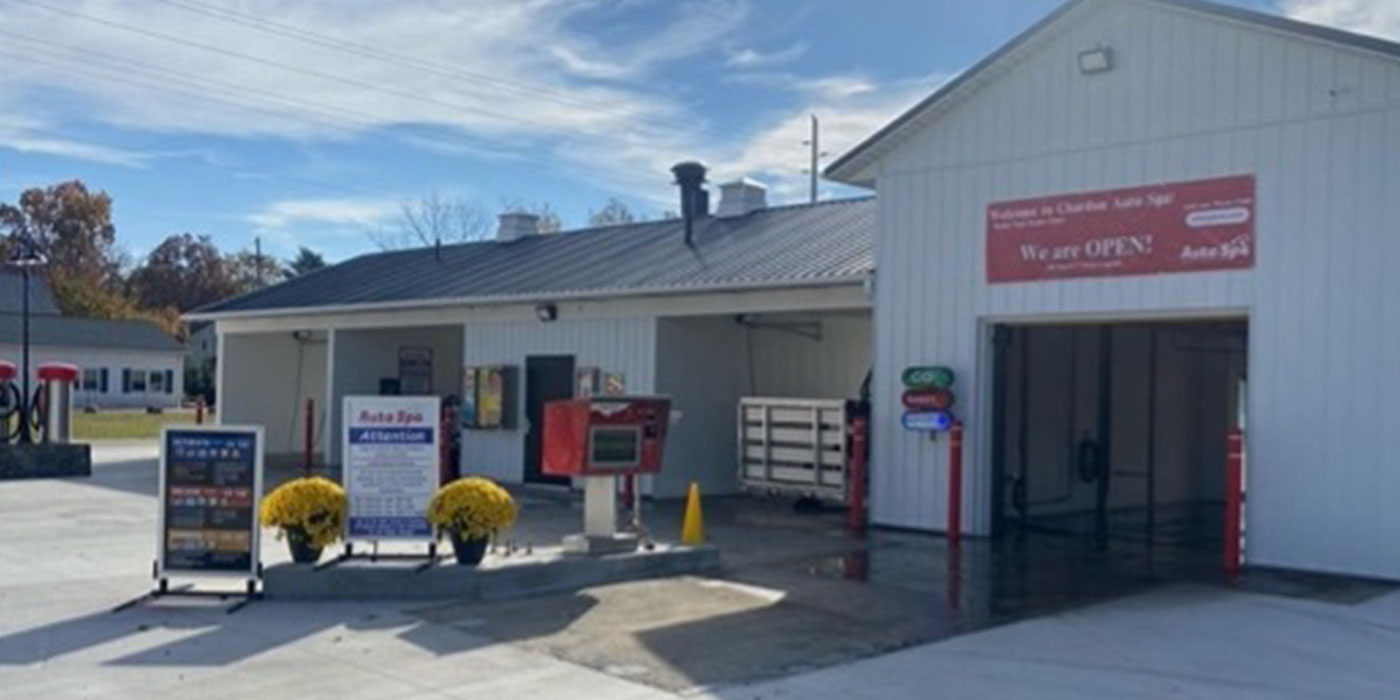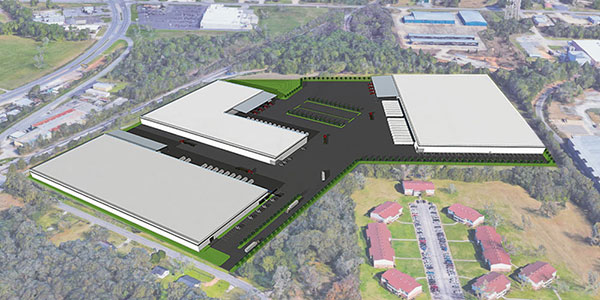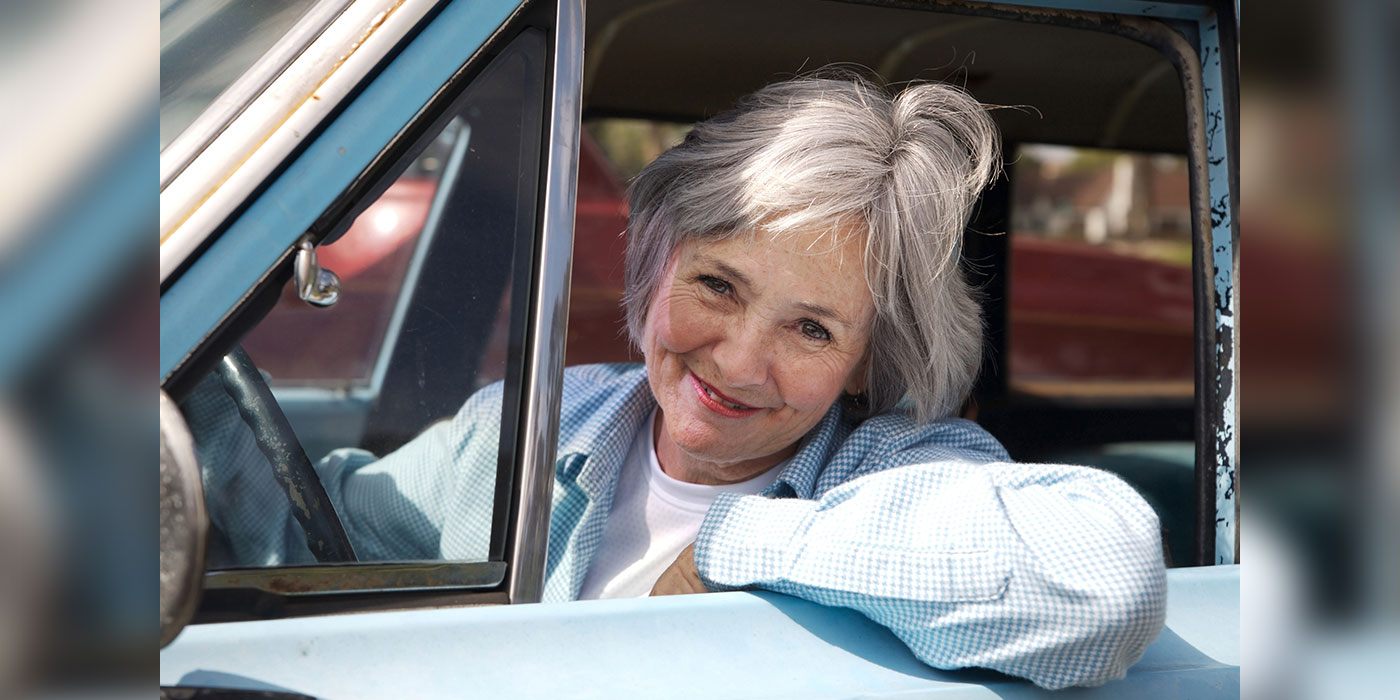As I visit various carwashes throughout the country, I’m always surprised to see how many equipment rooms have cutting/welding apparatus. Why am I surprised? Because one must have the right expertise to safely operate this machinery that isn’t common at a carwash.
I’m sure it comes in handy when you need to cut a chain, repair the conveyor or remove stubborn bolts. Some washes even use it to heat up equipment to help loosen stubborn motor shafts. However, the convenience and versatility of this equipment pales in comparison to the inherent, potential danger when used by an employee, especially if he or she hasn’t had any training.
Even experienced technicians have a high risk factor when using welding equipment in their daily activities. Case in point, not long ago an employee was killed during a routine job. This tragedy occurred after the employee failed to follow a few safety protocols, coupled with a small equipment malfunction.
In preparation for this blog, I interviewed a few carwash veterans about this topic. One is an individual who strictly works on repair and maintenance of equipment for several carwash locations. Even with his years of experience, he informed me that he would never use welding equipment in his work. The bottom line is that the best course of action at the carwash is to sub out any welding jobs to a professional. This is what we call “engineering the hazard out of the workplace.”
If that is not practical for your operations, be sure to only permit certified personnel to perform any welding or torch cutting jobs.
The following are some basic safety rules that must be strictly enforced to help prevent injury or death:
- All employees cutting or welding must wear the personal protective equipment (PPE) required for all projects. Approved full face shields should be mandatory during any job. It is also highly recommended all workers be advised to stay clear of any cutting or welding operations because exposure can adversely affect eyesight and may pose a physical threat to them. All clothing must be free of any excess oil or grease as well.
- Be certain a fire extinguisher in good working order is available during the entire operation.
- It is generally a good idea to blow out the line on the acetylene tank by slowly opening the valve and closing it before attaching the regulator. This will help ensure no grease, oil or foreign matter becomes attached to the valve stem. It is imperative that the line remains clear of any substances.
- Never position yourself in front of the regulator or the adjusting screw when opening the cylinder valve.
- Regulators should always be removed from cylinders before they are moved from one location to another unless they are in a carrier specifically designed for transporting them.
- Release the adjusting screw before opening the cylinder valve. A cylinder valve shall never be opened until the pressure adjustment screw on the regulator is fully released.
- Always open the cylinder valve slowly and carefully.
- Never compress acetylene above 15 psi.
- Be sure to always purge oxygen and acetylene lines before lighting the torch.
- Never use grease or oil around the acetylene tank or equipment. Be careful never to lay parts down where they can be exposed to these substances.
- Never use oxygen as a substitute for compressed air.
- Always keep heat, flame and sparks away from combustibles. Be aware of your surroundings when using the torch, paying particular attention to any oil soaked rags. Often, operators will be using this equipment on the conveyor around hydraulic lines. Be sure to check for any possible leaks in the lines before attempting any repairs.
- The contents of all cylinders must be properly identified and marked. Be aware that there are no uniform color codes, so don’t attempt to rely on that as a proper identification sign.
- All cylinders must be stored in a secure, upright position to prevent falling.
- All empty cylinders must be marked accordingly and stored with the valves tightly shut and with their caps on.
- If using a cart to mount the acetylene tank and oxygen tank together, a partition of steel, or other non-combustible material, needs to be installed between the cylinders.
- All cylinders should be provided with approved pressure relief devices and instructions that they are never allowed to be tampered with. No repairs of any kind are authorized for the cylinder or any ancillary apparatus connected to it.
- Care needs to be given to ensure that cylinders are never stored were they might be exposed to excessive heat.
- No employee that is not certified should be authorized to operate this equipment at any time.
The following are some considerations when only a welding job is warranted.
Basic safety rules for welding (many of these apply for the torches as well)
- Never weld on or near anything that’s been cleaned with a chlorinated hydrocarbon like brake-cleaner. When combined with UV light, chlorinated hydrocarbons can create phosgene gas, which can cause serious injury or even death. Ventilation will not prevent poisoning.
- Make sure the weld area is free from all flammable materials such as flammable liquids, paper, etc.
- When welding or cutting is done above or within 20 feet of combustible construction or material, a “fire watch” shall be on hand to make use of fire extinguishing equipment.
- To prevent electrocution be sure no puddles of water are on the floor, and make sure the welder is dry.
- Welded material will remain hot for several minutes after welded, be aware to prevent burns.
- Ensure proper ventilation to help reduce fumes and gases from the welding process.
- Remove any assembled parts from the component being welded that may become warped or otherwise damaged by the welding process.
- Proper clothing includes dark clothing that will not reflect the light, hearing protection so sparks and metal fragments do not enter the ear canal, heavy leather gloves and leather shoes sparks will not burn through.
- Consider using a respirator when welding in any enclosed areas where fumes may be a problem.
Dangers in not understanding the principals of welding
- No matter what type of welding you are doing, make sure you’re getting the proper heat and penetration of the weld to do the job right. A faulty weld may become fatal or cause further damage to equipment.
- Rushing a welding procedure will cause a cold weld with little or no penetration, resulting in a weak weld that could fail.
- Properly cleaning the area prior to any welding has to be the first step taken. Make sure to get rid of any paint, rust, dirt or any other coatings the metal may have on them. You don’t want any of these impurities to enter into the weld, and these items can also effect penetration.
- Cleaning the surface can be accomplished using an angle grinder.
Although not advisable, it is easy to see why welding and cutting processes have become more apparent at carwash facilities. These processes offer a quick and effective way to complete some necessary tasks. However, as with any tool, if not used properly it can become a dangerous process for wash employees.
You must have proper training and safety processes in place if you plan on using cutting/welding equipment. It is essential that only trained staff have access to this equipment and that they follow a strict set of safety precautions with every use.
If you haven’t assigned a certified employee to be responsible for welding and cutting, do it now. If you do not have any certified staff members, find out where your employees can become trained and certified to use this equipment, and set up a class. Be certain they’re aware of the dangers associated with this work, and make it clear to all other employees that this equipment is off limits.
Similarly, anyone assisting in this work should have some training on safety and operations associated with the equipment they will be using. Again, if the job can be delayed, I always recommend subbing out any welding and cutting jobs to a professional welder. Granted, this is not always the quickest way to get the job done; however, it is the safest.
Two key components to safety are awareness and action. Please identify these risks to employees, and take the necessary steps to ensure that everyone at your carwash is safe.
And, an Occupational Safety and Health Administration (OSHA) reminder, due to the adoption of last year’s new OSHA reporting regulations, please note your “right to know” posters have changed to comply with the new rules. Be sure to order the newest update, and post it in a conspicuous area available to all employees.
Check out more CarWash Safety 101 blog posts here.
Opinions and information presented in this blog may or may not be supported by the publisher of Carwash.com.

